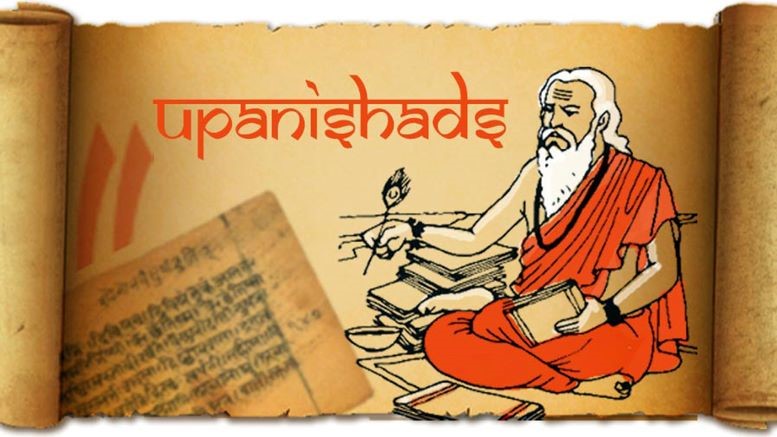Free Courses Sale ends Soon, Get It Now


Free Courses Sale ends Soon, Get It Now



Disclaimer: Copyright infringement not intended.
Context
Other Details
About The Ten Principal Upanishads book
WB Yeats
Inspiration for Translation
Hindu Scriptures
Shruti (the revealed)
Smriti (the remembered)
Upanishads
Must read Article:
https://www.iasgyan.in/daily-current-affairs/adi-shankaracharya
https://www.iasgyan.in/blogs/schools-of-indian-philosophy
|
PRACTICE QUESTION Consider the following statements about Upanishads: 1. These belong to the Smriti category of Hindu sacred texts. 2. They are believed to signal the end of total Vedas. Which of the statements given above is/are correct? A. 1 only B. 2 only C. Both 1 and 2 D. Neither 1 nor 2 Answer: (B) |
© 2024 iasgyan. All right reserved